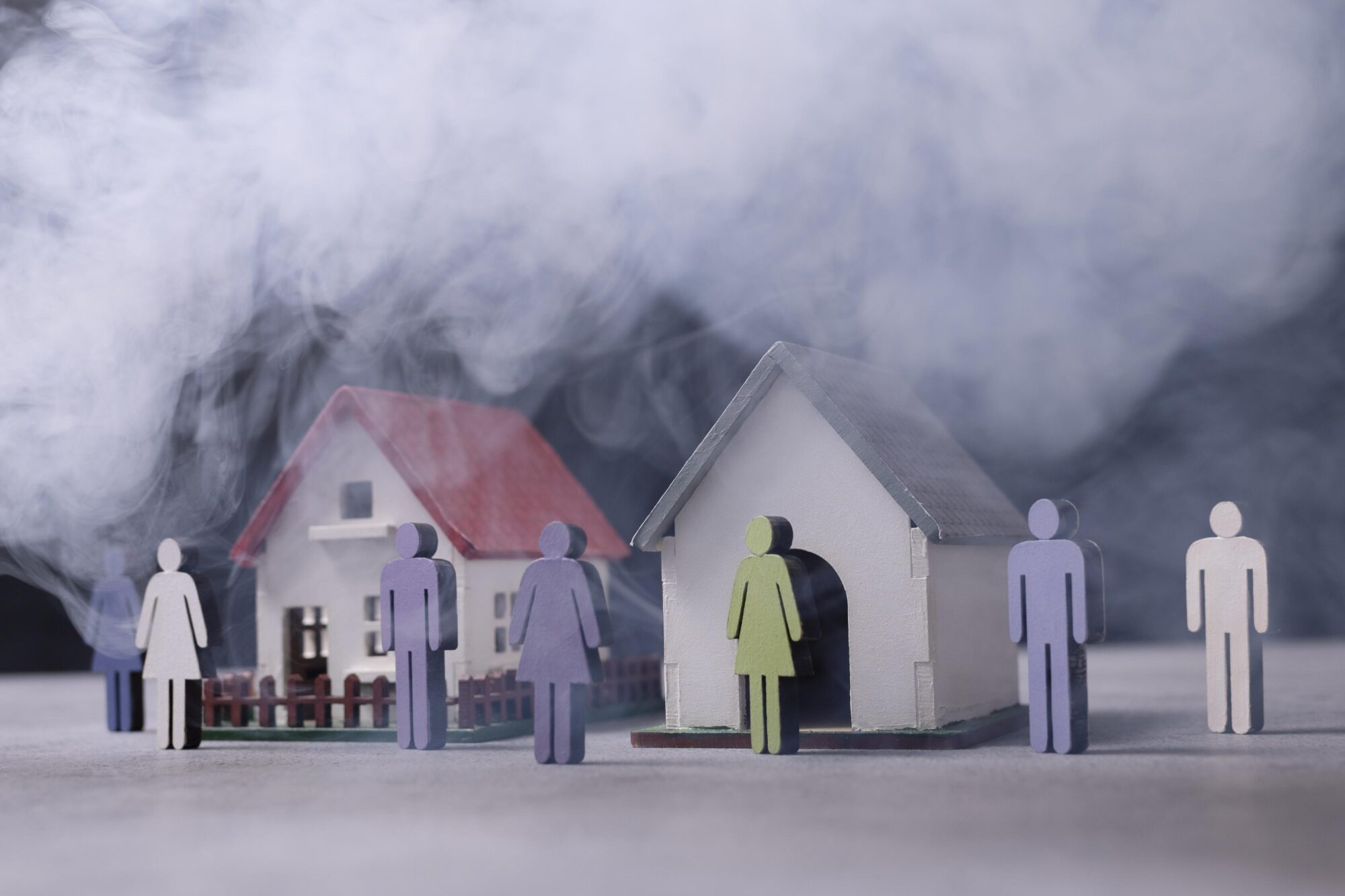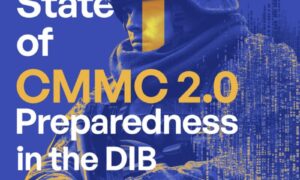Natural and man-made disaster risks involve possible disruption of communities, an increased incidence of loss of life, and negative economic effects. The Federal Emergency Management Agency FEMA has states clearly that community level is one of the most important components in Preparedness for disaster, if there is to be good response and recovery to the disaster. In fact, it has been established that organizations and societies with well-established Preparedness for disaster put forward minimize suffering and expedite recovery. This is why it is important to build readiness for any disaster because it not only takes the care of an individual but also boosts the capability of whole societies. Federal, state and local campaigns are some of the collaborative community approaches to ensure that all parties are capable to meet emergencies. On this blog, some emphasis will be placed on specific community actions as disasters prepare for as well as how these activities contribute to the advancement of a safer society.
- Why Community’s Initiatives are Vital for the Preparedness for disaster
Preparedness for disaster has never been more important than it is now. As we experience an increase in natural disasters due to climatic change, and as we also experience other world outbreaks like the COVID 19 pandemic, people must join hands in preparation.
Benefits of Community-Based Preparedness for Disaster:
- Shared Resources and Knowledge: Cooperating communities have one thing in common, the resources, knowledge and all the valuable information about disasters. The present cooperation enables people to obtain essential resources, workshops, and help they need.
- Faster Response Times: A well structured community can manage with disasters rapidly. That is why probably communities engaged in the formulation of effective responses and strong network of contacts in case of emergence crises are capable to mobilize quickly and effectively.
- Increased Resilience: These observations suggest that disaster preparedness when conducted as a coordinated team improves general disaster preparedness and general
community health. Together they are better placed to respond to the future shocks, and ensure that the negative impact of these shocks is reduced and the recovery rate enhanced.
Effective preparedness for disaster requires a collaborative approach, with everyone in the community working together to ensure a safer environment for all.
- Community-Wide Preparedness: A Collaborative Approach
Community involvement is also key when Disaster Management is in question, local organizations, governments and people. Every segment of the particular community has specific tasks in building the effective system of preparedness for disaster. Disaster management also involve communities cooperation through local governments, non-profit organizations, businesses, and most importantly the citizens.
Key Community Players in Disaster Preparedness:
- Local Governments: Being in charge of preparing disaster plans and alerts and cooperation in the process of the disaster response. Local authorities also supply other services, as emergency shelters, and are responsible for protection of the resident.
- Non-Governmental Organizations (NGOs): Organizations like the ASPIS EMERGENCY PREPAREDNESS, and other community groups play a crucial role in providing emergency relief, supplies, and medical assistance during disasters.
- Businesses: Small scale enterprise are in most cases the mainstay of the community. It is in this fashion that they can help in preparedness by availing financial response, products and people for disaster response.
- Individuals: The preparedness of individuals is also inevitable (Ender 124). Community mobilization to provide individualized/ household preparedness plan, supply inventory and risk awareness is also other core part of disaster preparedness.
In other word, once every segment of the community is involved in preparing for disasters, preparedness for the same is made efficient.
- The Role of Education and Training in Community Disaster Preparedness
Education is therefore a major part of preparing for disasters. Local governments need to continue educating their people on the risks that the individuals in the particular area are exposed to and how they can protect themselves. For instance, this can comprise of the traditional learning style like workshop training and education training not forgetting other forms of remunerative education, which may involve doing community sensitization.
Ways Education and Training Improve Preparedness:
- Disaster Response Drills: Drills, fire drills and evacuation drills as well as first aid demonstrations are intended to help people how to behave in emergencies. These exercises assist people as well as families to effectively and efficiently respond in emergencies.
- Public Awareness Campaigns: Public education through use of social media, community address, and materials conveyed enhances the knowledge that citizens have on these disasters risks and preparedness.
- Volunteer Programs: Local people can be taught how to handle simple emergencies as well as complicated situations of search operation. This way, there will always be humanity willing and trained for volunteer work when a disaster strikes.
Education and training therefore ensure that through development of proper measures – disaster preparedness becomes easy and efficient as individuals are prepared to face disasters.
- The Role of Local Resources and Infrastructure in Disaster Preparedness
Furniture and other local resources like emergency shelters for the victims of disasters, foods, and even the transportation mean are very important during a calamity. Therefore, preparation and availability of these resources could be the difference between life and death it disasters. Community efforts will thus be required to invest in building of strong local capacity for responding to the disaster.
Local Resources that Contribute to Preparedness:
- Emergency Shelters: Whenever residents are evacuated, the communities should have safe and functional structures to accommodate them. These shelters should there be; food provisions, water provisions, medical provision, and space provision.
- Transportation Systems: Practical public transportation is needed in the evacuation of residents to safety. Communities need to ensure there are transportation networks and vehicles during emergency and that they work as planned.
- Food and Water Supplies: Marshall has important sub-goals associated with it: the goal of preparing the local food banks and water supply; this usually requires that the storage capacity, as well as the speed at which these items can be accessed, are If any and what are.
When communities strengthen their infrastructure and ensure that resources are readily available, preparedness for disaster becomes more effective and ensures that those most in need are cared for during a crisis.
Conclusion: Strengthening Community Efforts for Better Preparedness for Disaster
Preparedness for disaster is not just the responsibility of individuals or governments; it requires a collective effort from the entire community. It is clear that organizations must work together along with the communities, education and training being critical factors in order to become more resilient when disasters occur. In this way, the communities based on the conception of the unification can build the stable systems of the reaction to different disasters. Organizations like ASPIS EMERGENCY PREPAREDNESS play a vital role in enhancing these efforts by providing resources, training, and emergency supplies. Ultimately, through community efforts, education, and collaboration, we can significantly improve preparedness for disaster and ensure that our communities remain safe, resilient, and capable of recovering quickly in the face of adversity.
For professional assistance, explore the range of emergency preparedness services offered by Aspis Emergency Preparedness. Ready to secure your future? Contact us today at Info@aspisemergencypreparedness.com or reach out to us at 1-318-233-8989
FAQs
What makes community organized preparedness imperative for disasters? Communal activities offer availability, dissemination, and support that help enhance disaster response and Reduce recovery time/Creating resilience.
What role do local governments play in Disaster Preparedness?
Local governments are involved through formulation of the disaster response frameworks, resource commitment and undertaking of disaster management coordination during an impact.
what exact function do NGOs serve in disaster preparedness?
The role of NGOs involve offering important services like perishable supplies, relief and supporting training and other basic services to the affected communities in situations of disaster.
How does training help community preparedness?
Training helps members of the community to know what course of action to take in case of an emergency thus quick response and minimizing on panicked situations during disasters.
How can ASPIS EMERGENCY PREPAREDNESS support community efforts?
ASPIS EMERGENCY PREPAREDNESS offers customized emergency kits, training, and resources to help communities effectively prepare for and respond to disasters.



































